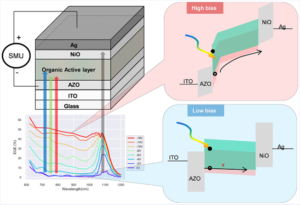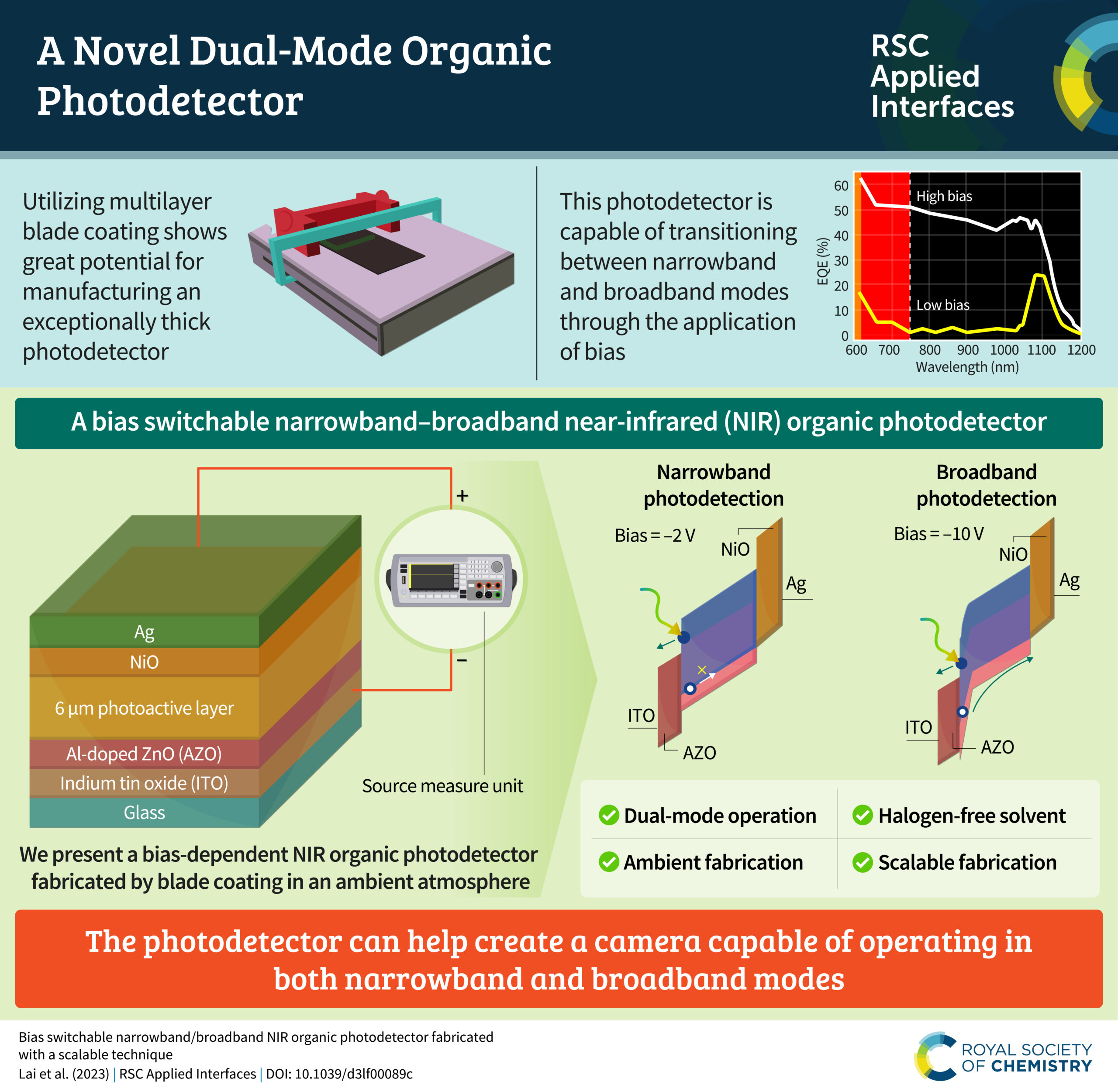
RSC Applied Interfaces has published its first articles, which are free to read here! To celebrate our excellent first articles, we asked our authors to discuss their work in more detail.
In this post, we hear from Professor Louis Piper about their recently published work entitled “Understanding improved capacity retention at 4.3 V in modified single crystal Ni-rich NMC//graphite pouch cells at elevated temperature“.
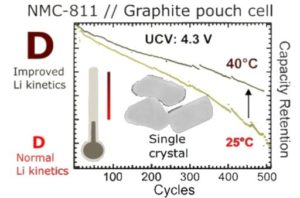 Understanding improved capacity retention at 4.3 V in modified single crystal Ni-rich NMC//graphite pouch cells at elevated temperature
Understanding improved capacity retention at 4.3 V in modified single crystal Ni-rich NMC//graphite pouch cells at elevated temperature
Galo J. Páez Fajardo, Meltiani Belekoukia, Satish Bolloju, Eleni Fiamegkou, Ashok S. Menon, Zachary Ruff, Zonghao Shen, Nickil Shah, Erik Björklund, Mateusz Jan Zuba, Tien-Lin Lee, Pardeep K. Thakur, Robert S. Weatherup, Ainara Aguadero, Melanie J. Loveridge, Clare P Grey and Louis F. J. Piper
RSC Appl. Interfaces, 2023, Advance Article, DOI 10.1039/D3LF00093A
An interview with the author
Tell us a bit about yourself and your research
I am Professor of Battery Innovation and I head the Electrochemical Materials group in the Energy Directorate at WMG, the University of Warwick. I co-lead the Faraday Institution Degradation and FutureCat Phase II consortium projects that focus on developing next generation cathode chemistries and improve cell performance & longevity.
In this study, we focused on understanding how reinsertion kinetics in Ni-rich cathodes result in incomplete re-lithiation and loss of lithium inventory. Using single crystalline NMC 811 one can improve reinsertion by increasing the temperature. Our hypothesis was that improving the reinsertion kinetics would translate into more complete Li insertion/extraction and translate into improved capacity retention. To test this hypothesis we employed commercial NMC 811 surface decorated with Al3+ ions in pouch cell formats with a graphite anode.
We performed cycling up to 4.3V vs graphite to stay below the oxygen loss threshold. The Al surface species were found to act as a HF and H2O scavenger to suppress the electrolyte reactions with the cathode at elevated temperatures.
We observed with long cycling and multiple cells that increasing the temperature from 25 to 40’C did improve capacity retention. This result supports our hypothesis but is surprising given how increasing the electrolyte temperature should result in more degradation. However, here the Al3+ ion surface decoration is acting to protect the cathode surfaces and so we can see the kinetic improvements.
What aspect of your work are you most excited about?
A lot of focus on Ni-rich Li-ion battery cells is to increase upper cut-off voltage. Here we show how you can boost capacity while increasing capacity retention by using appropriate cell designs to better access deeper depth of discharge.
The work also highlights the importance of electrode-engineering with the surface decoration to improve performance.
What do you find most challenging about your research?
The next stage is how to suppress oxygen loss in Ni-rich layered cathodes so that we can continue to widen the voltage window whilst improving lifetime in industry format cells.
What’s next for you?
We are now working on atomic layer deposition and electrolyte additive solutions, where we are working on increasing voltage window and lifetime in Ni-rich Li-ion battery pouch cells.
Discover the key message from this article
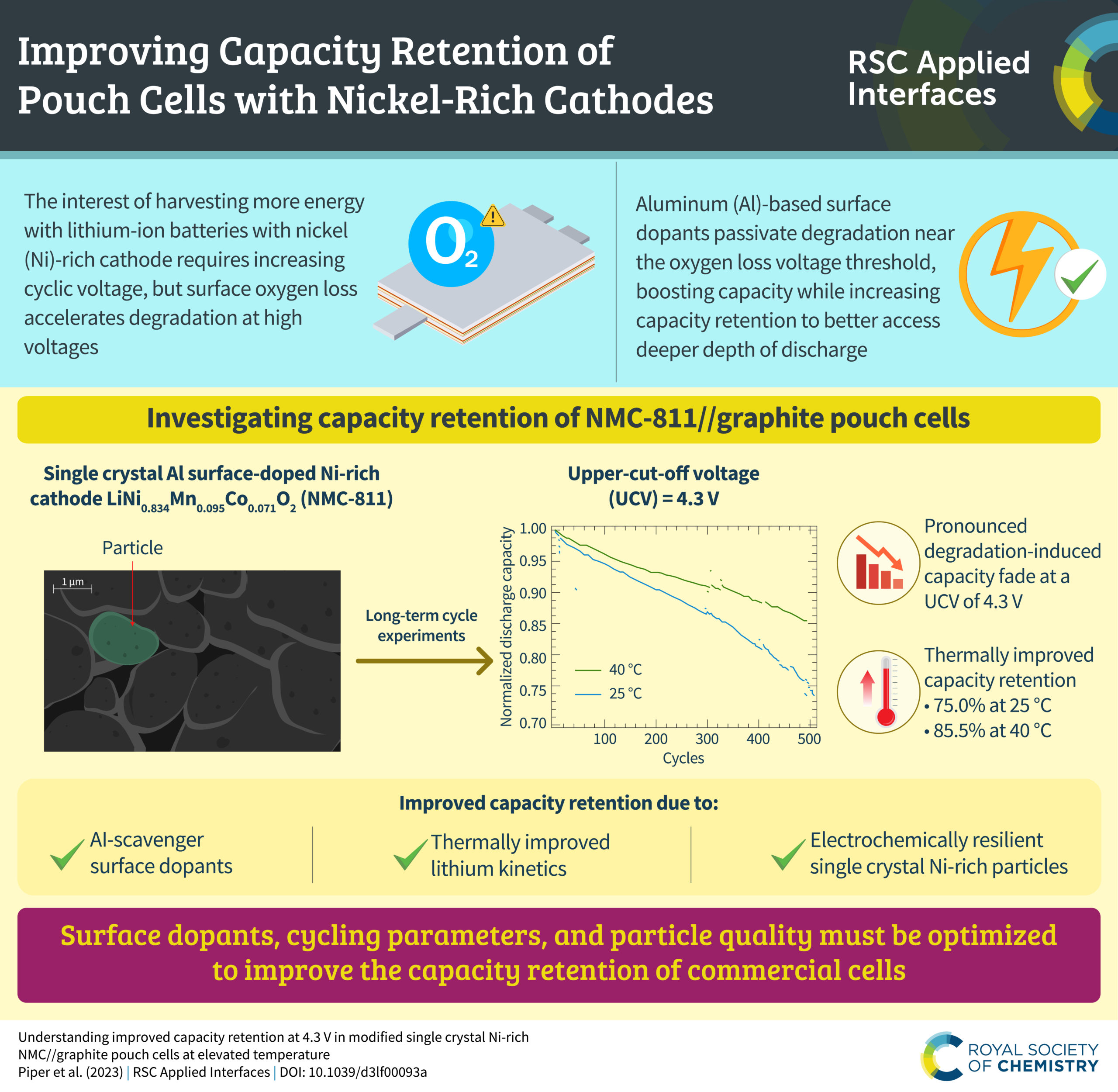




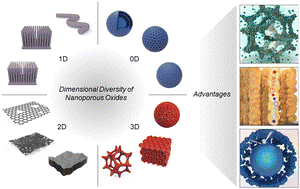

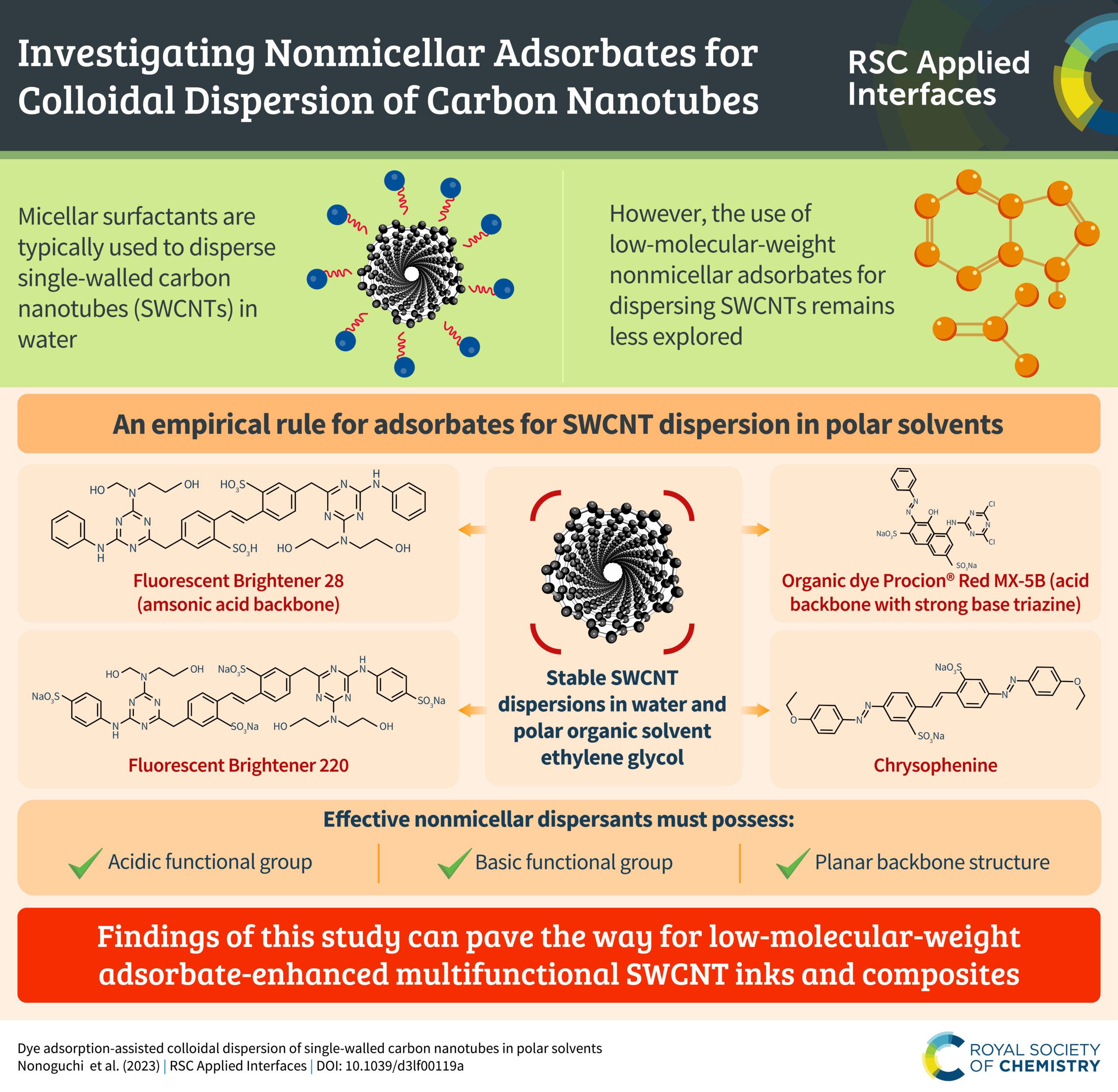
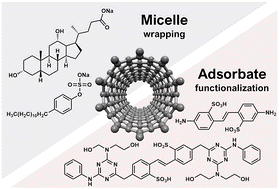
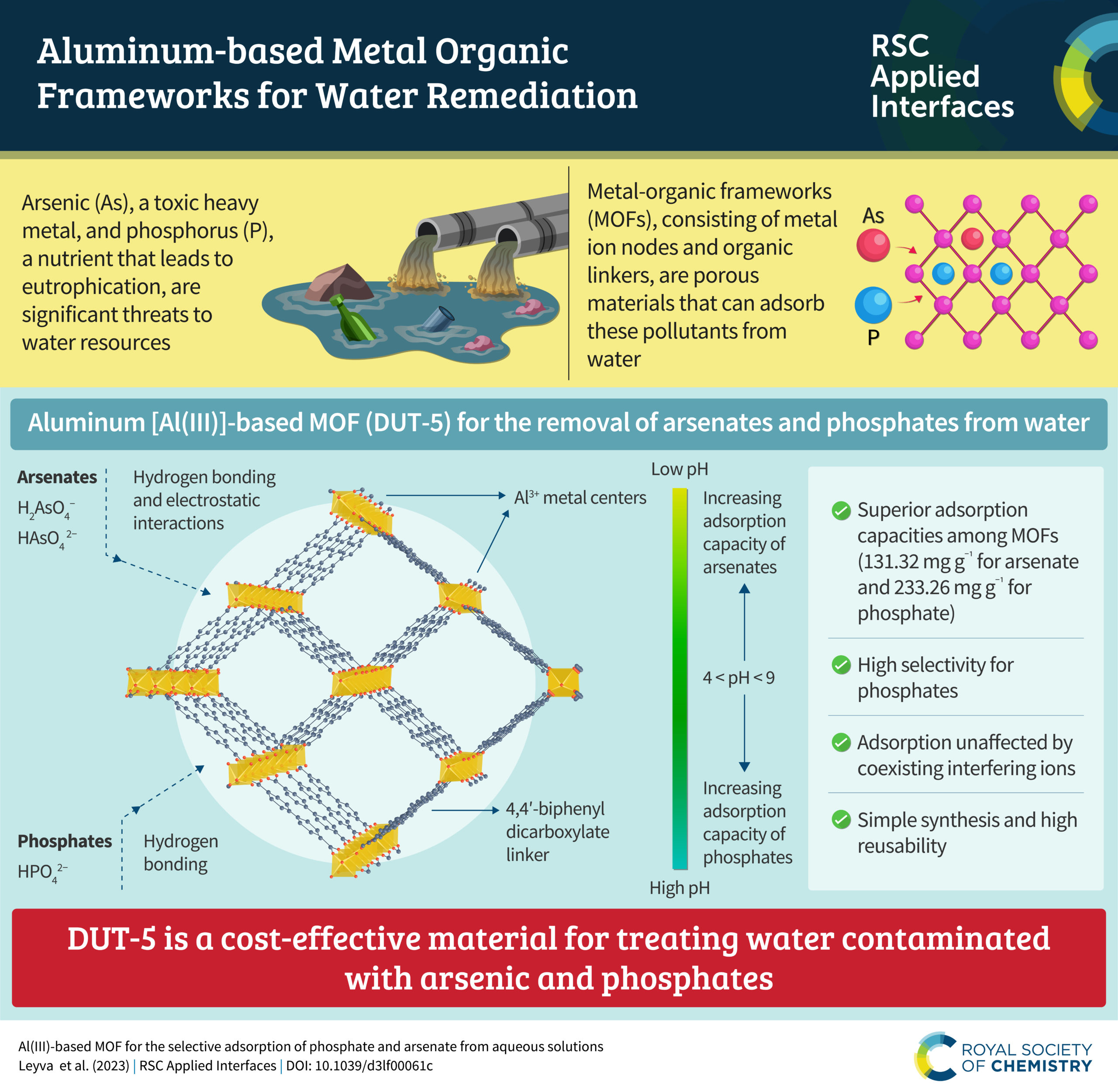




 Nitrogen-doped carbon dots in transesterification reactions for biodiesel synthesis
Nitrogen-doped carbon dots in transesterification reactions for biodiesel synthesis Understanding improved capacity retention at 4.3 V in modified single crystal Ni-rich NMC//graphite pouch cells at elevated temperature
Understanding improved capacity retention at 4.3 V in modified single crystal Ni-rich NMC//graphite pouch cells at elevated temperature

